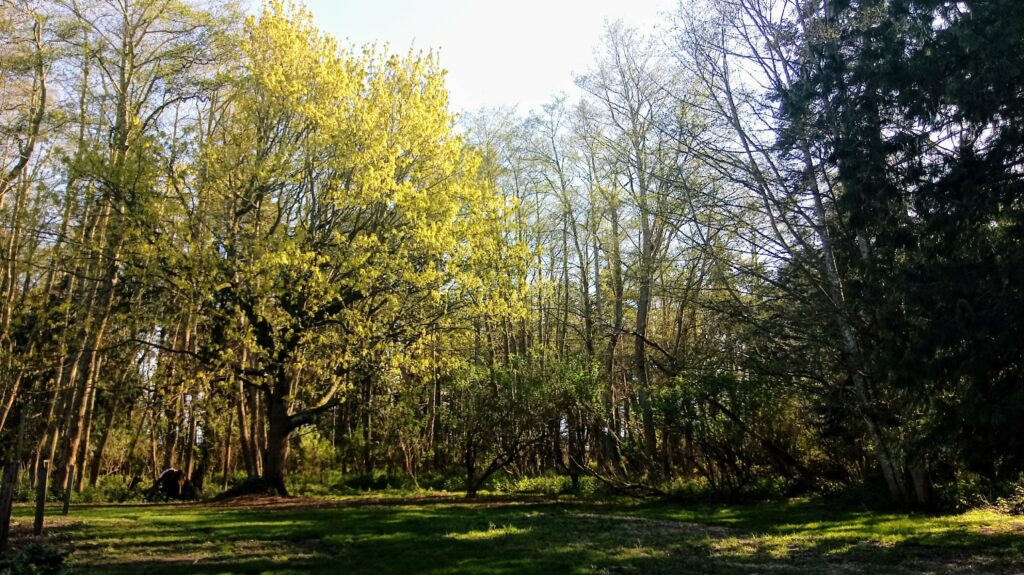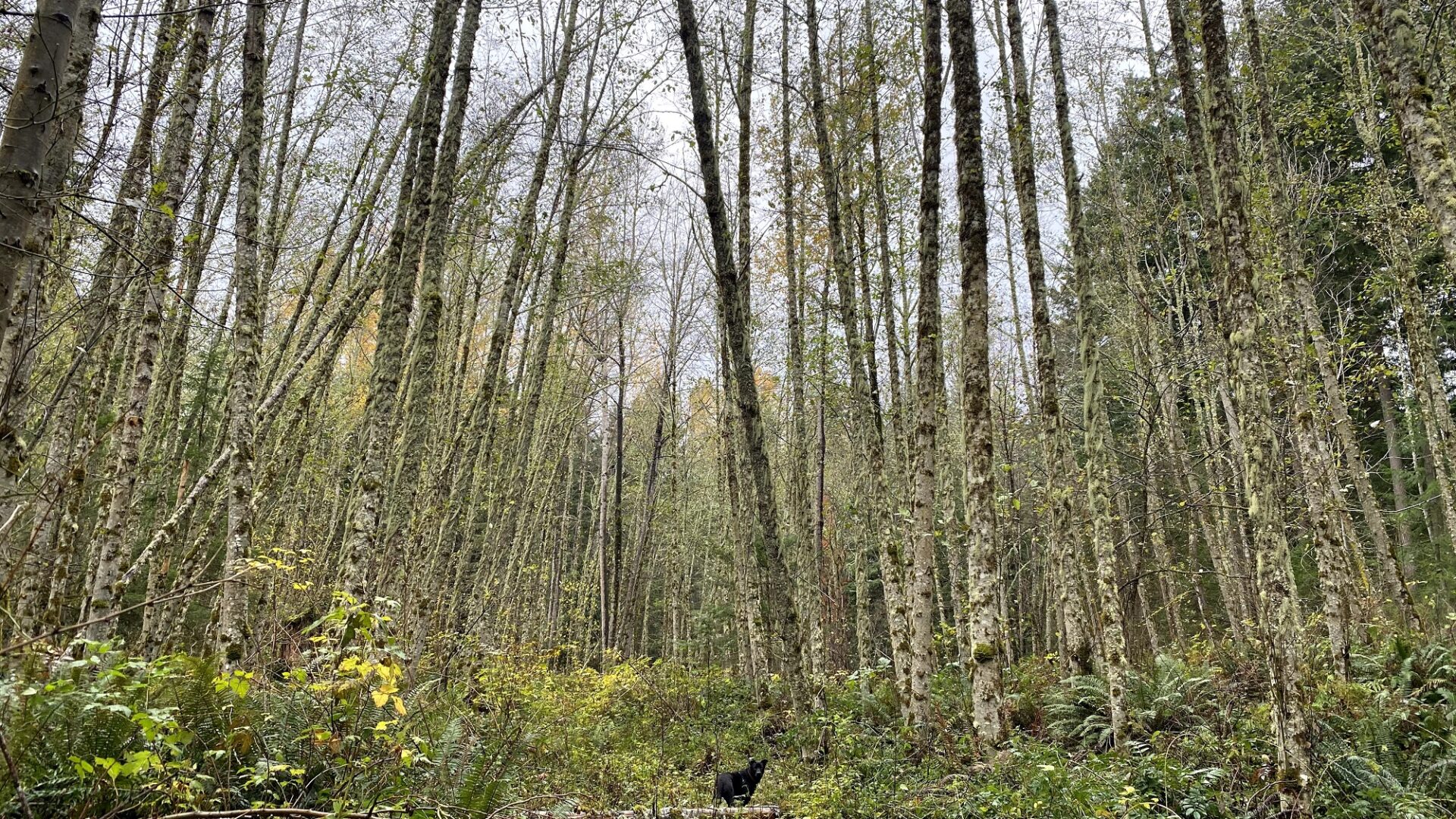Your woods are part of a network of over 22 million acres of an iconic range of ecosystems. Follow these tips to get to know your forest better.
Learn the Land Use History
Walk your property. Observe whether trees are similar in size or equally spaced, suggesting trees were planted. Look for stumps from previous cuttings and flat areas that may have been old log roads or landings. Back at home, use an online platform like Google Earth or visit your local museum’s archives to view historic aerial photos and see the changes in the land over time.
Discover Soil and Species
Soils determine what species of trees and shrubs thrive, and which ones struggle. Learn more about your soil with the Natural Resources Conservation Service Web Soil Survey, the nation’s largest online public soils database. Design a customized soil report at websoilsurvey.sc.egov.usda.gov.

Evaluate Habitat
Walk your property again, this time observing signs of wildlife and their habitat. Count the number of shrub and tree layers as your eye moves from forest floor to canopy. Look for animal scat, tracks, burrows, and other signs. Notice signs of decomposition—a natural part of a forest ecosystem. Snags, brush piles, and nurse logs are especially important for a variety of wildlife species.
Develop a Vision and Plan for Your Forest
Following your research and observations, consider what this forest means to you. Take an honest look at what time, energy, and resources you have available. Develop a list of three short-term and three long-term goals. Starting with the longest-term goal first, work your way backwards to develop a broad timeline for implementation.
Engage in Active Learning and Management
The Washington State University Extension Forestry program offers a wide variety of forest stewardship classes, publications, videos, and other resources at forestry.wsu.edu. You can also schedule a free site visit with forest planning staff at your local conservation district or the Washington State Department of Natural Resources Small Forest Landowner Office. Visit dnr.wa.gov/sflo for additional information.





